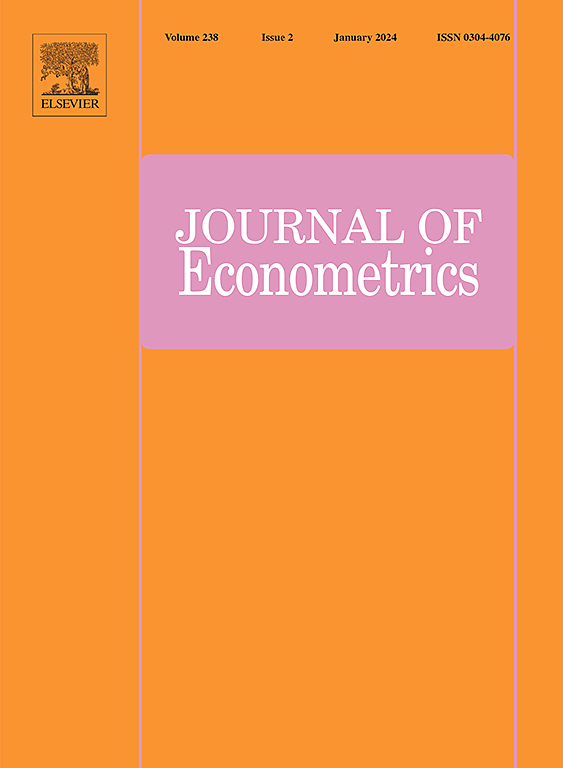支持向量决策
IF 4
3区 经济学
Q1 ECONOMICS
引用次数: 0
摘要
本文开发了一种实用框架下的二元决策支持向量机(SVM)。给定一个信息集,决策者首先预测一个二元结果,然后根据该预测选择一个二元行为,以最大化预期效用,其中效用函数可能取决于所采取的行动、可观察的协变量和随后实现的二元结果。本文提出的最大效用支持向量机与传统支持向量机的区别在于四个关键方面。首先,作为一个概念创新,它将最优截止函数作为一个单独的特殊协变量。其次,这个特殊协变量有符号限制。第三,它解释了效用导致的损失对协变量和二元结果的依赖。最后,它允许边际在不同类别的结果中有所不同。证明了该方法在最大效用准则下是贝叶斯一致的,并建立了有限样本泛化界。仿真研究表明,在文献中考虑的数据生成过程下,该方法优于现有方法。本文章由计算机程序翻译,如有差异,请以英文原文为准。
Support vector decision making
The paper develops a support vector machine (SVM) for binary decision-making within a utility framework. Given an information set, a decision-maker first predicts a binary outcome and then selects a binary action based on this prediction to maximize expected utility, where the utility function can depend on the action taken, observable covariates, and the binary outcome subsequently realized. The proposed maximum utility SVM differs from the traditional SVM in four key aspects. First, as a conceptual innovation, it incorporates the optimal cutoff function as a separate and special covariate. Second, there is a sign restriction on this special covariate. Third, it accounts for the dependence of the utility-induced loss on both the covariates and the binary outcome. Finally, it allows the margin to differ across different classes of outcomes. The paper proves that the proposed method is Bayes-consistent under the maximum utility criterion and establishes a finite-sample generalization bound. A simulation study shows that the proposed method outperforms existing methods under the data-generating processes considered in the literature.
求助全文
通过发布文献求助,成功后即可免费获取论文全文。
去求助
来源期刊

Journal of Econometrics
社会科学-数学跨学科应用
CiteScore
8.60
自引率
1.60%
发文量
220
审稿时长
3-8 weeks
期刊介绍:
The Journal of Econometrics serves as an outlet for important, high quality, new research in both theoretical and applied econometrics. The scope of the Journal includes papers dealing with identification, estimation, testing, decision, and prediction issues encountered in economic research. Classical Bayesian statistics, and machine learning methods, are decidedly within the range of the Journal''s interests. The Annals of Econometrics is a supplement to the Journal of Econometrics.
 求助内容:
求助内容: 应助结果提醒方式:
应助结果提醒方式:


